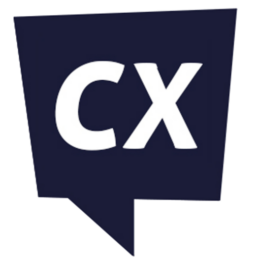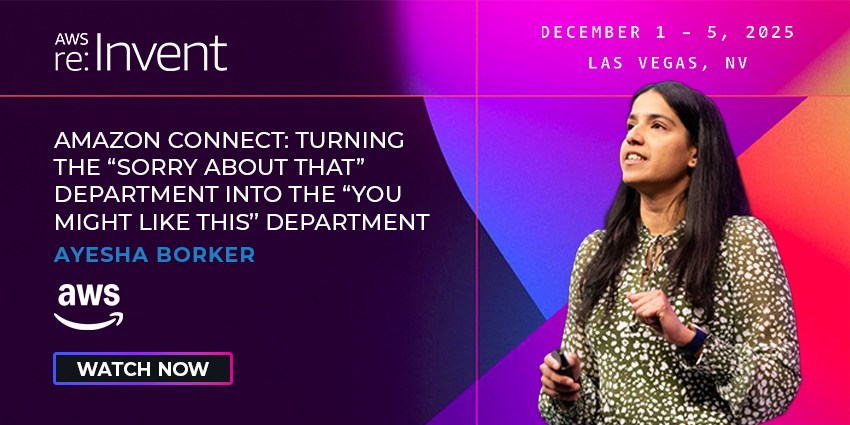Ramp-up time – otherwise known as agent proficiency – measures how long it takes for new contact centre agents to reach an “acceptable level” of performance.
Contact centres can safeguard customer satisfaction by reducing ramp-up time, keeping handling times low, and increasing agent confidence.
To achieve these results, let’s take a closer look at this metric and consider tactics for optimizing it.
Calculating Ramp-Up Time
Ramp-up time is the average time a contact centre agent takes to perform at a level where they are at par with or exceeding standard contact centre KPI benchmarks.
First, take stock of current contact centre performance to calculate ramp-up time and consider which KPIs to monitor. Quality scores, customer satisfaction, and first contact resolution rates are popular options.
Next, calculate the average performance – across each metric – for agents with a tenure of longer than six months.
Sometimes agents take a week to reach this benchmark, other times it takes a year. Whatever the case, that is their ramp-up time.
Across the contact centre, leaders may calculate ramp-up time as a mean average of all agents hired across a particular measurement period.
For instance, consider a small contact centre that hires four agents in a quarter. Individually, they take 20, 40, 60, and 80 days to reach full proficiency.
To calculate the mean and, thus, ramp-up time, the contact centre can use the following formula:

In the example above, the ramp-up time is 50 days. The following calculations highlight that this is indeed the case:

What is a Good Ramp-Up Time, and How Do You Reduce It?
Ramp-up time depends entirely on the complexity of the company proposition and the nature of contacts entering the call centre. Also, the quality of recruitment plays its part.
Also, there seems to be a difference between sales and service. For example, HubSpot research suggests that ramp-up time for outbound sales agents can be anywhere between six and nine months. Meanwhile, it is sometimes as low as 30 days in service environments.
However, it is more advisable to avoid getting bogged down by external benchmarks, especially as it is often unknown which KPIs other companies target. Instead, focus on internal benchmarks, compare teams, and follow the advice below to speed up proficiency rates.
1. Enhance Agent Support Materials
Training content, knowledge base articles, and scripted guidance are excellent examples of agent support content that help agents quickly familiarise themselves with contact centre systems, processes, and product intricacies. Documentation also makes it easier to learn on the job.
2. Optimize Coaching
Buddying, regular quality monitoring, and role-playing sessions enable contact centres to support agents in understanding their weaknesses and addressing them.
3. Invest in Reward and Recognition
Challenging targets, heavy workloads, and high occupancy rates will create an environment not conducive to high performance. Instead, engage with agents throughout their induction periods, listen to their concerns, and act quickly to quell them.
4. Use Agent-Assist
Virtual assistants not only support customer experiences but also empower agents with proactive knowledge suggestions, so they immediately receive supportive materials relevant to their conversation. Other support systems, such as support channels to subject matter experts (SMEs) for real-time advice, also quicken ramp-up time.
Discover more advice for empowering customer service reps by reading our article: How to Support the Future Contact Centre Agent







